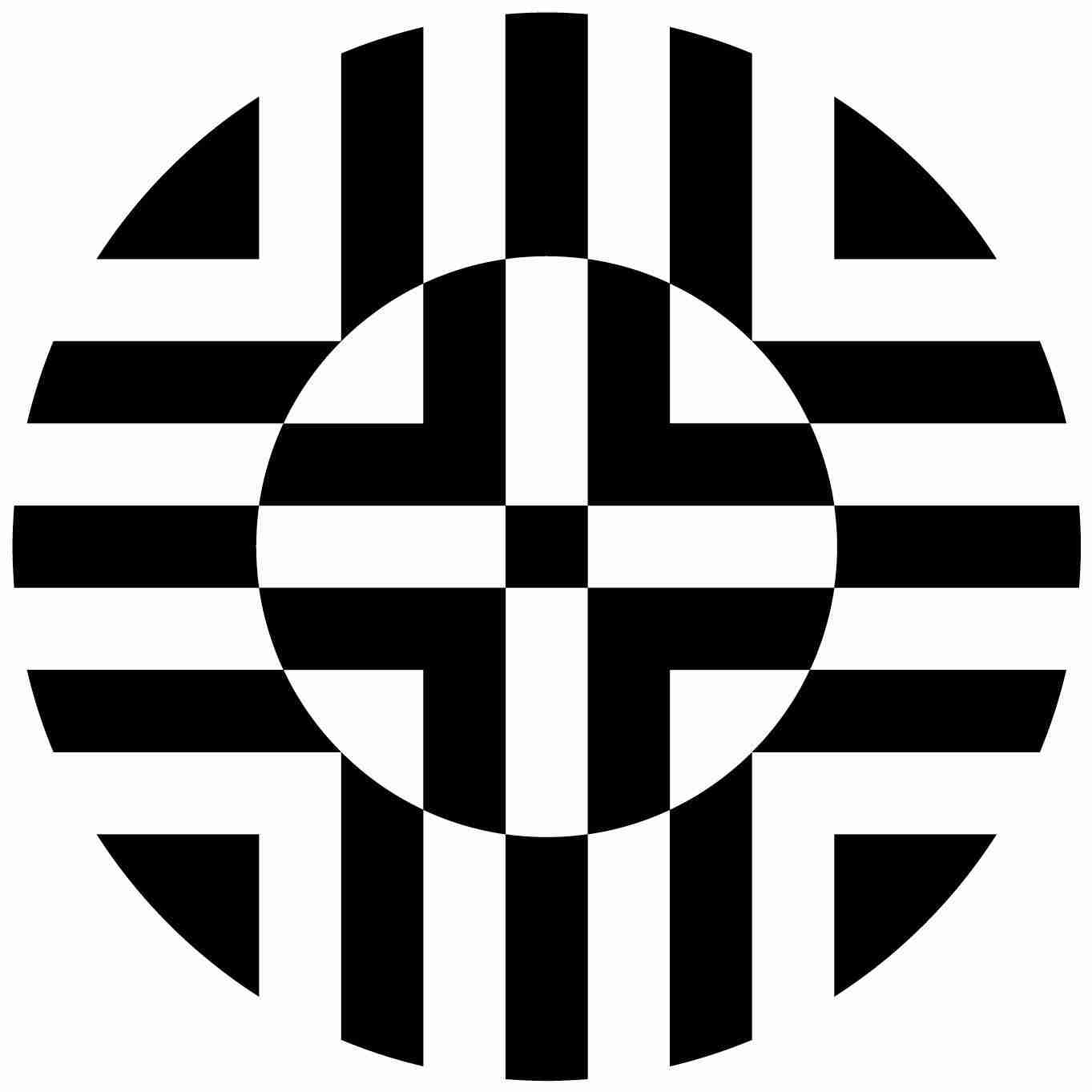Vabaõhumuuseumi tee 12, 13521 Tallinn

Ironed (shod) Easter egg; Hungary, 1930s; Photo by unknown photographer; Museum of Ethnography, F 78314
The exhibition "Bucket of water and red eggs - Easter customs in Hungary", made from the photographs of the Museum of Ethnography of Hungary will be open at the Estonian Open Air Museum's Setu farmstead until end of May!
Easter, the celebration of Christ's crucifixion and resurrection, is associated with the elements of religious life, spring, the renewal of nature and fertility magic. The Easter cycle includes Holy Week, Good Friday, a time of fasting and mourning, followed by Holy Saturday, the Easter Sunday, a time of sanctification of the traditional Easter foods (ham, eggs, scones, horseradish). Easter, as it is called, refers to the end of the fasting period (the time when meat is left out of the diet).
Easter is also a secular holiday, a day of spring expectation that brings the youth of the village together, as it is also the time of the vernal equinox. Easter Monday, the second day of Easter, was traditionally a time of sprinkling and giving away of eggs. The young girls would wait with red eggs, decorated with wax, paint or scratchings, for the young men who would come to the village in groups and, against their will, would sprinkle the girls with buckets of water in the yard, at the well or at the stream. The tradition was that if they sprinkled someone, they would get married that year. It was associated with the men having fun together in the street, and various forms of egg collecting (after sprinkling received as gifts or dressed up in masks). In the symbolism of the Christian Church, the egg is a symbol of the resurrection, a symbol of fertility, and a gift of love at Easter. On Easter Monday or the following White Sunday, it was customary for girls to bring their girlfriends and godparents' godchildren Easter food as gifts, thus strengthening existing friendships and family ties.
Photographs taken by ethnographers at the Museum of Ethnography of Hungary, mostly between the two world wars, show the Hungarian folk traditions of sprinkling and donating of eggs that were still in practice at the time and which have been transformed and are still alive today. As dating habits have changed, the number of people going to the fair has increasingly been made up of schoolboys, and young children and their fathers visit the women of the family. Since the 1940s, sprinkling has been done in many places with cologne or 'perfumed water' instead of normal water, and the recitation of poetry has become a new custom. In addition to hand-painted eggs, the boys receive chocolate eggs and money for sprinkling. The Easter bunny and the associated gift-giving for children appeared in Hungary under German influence. Since the 2000s, at the initiative and with the help of traditional groups in villages, more and more young people have been getting together again on Easter Monday to go together to sprinkle on the Easter Monday with water and soda water bottles.
The photos were selected and the text written by: Tímea Bata


